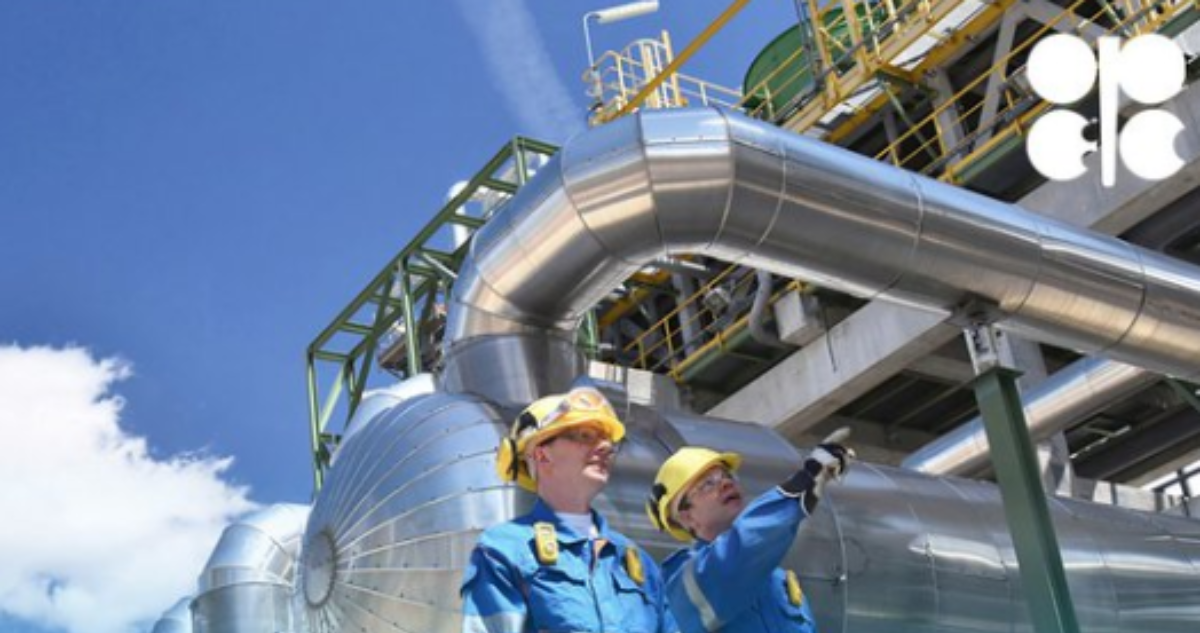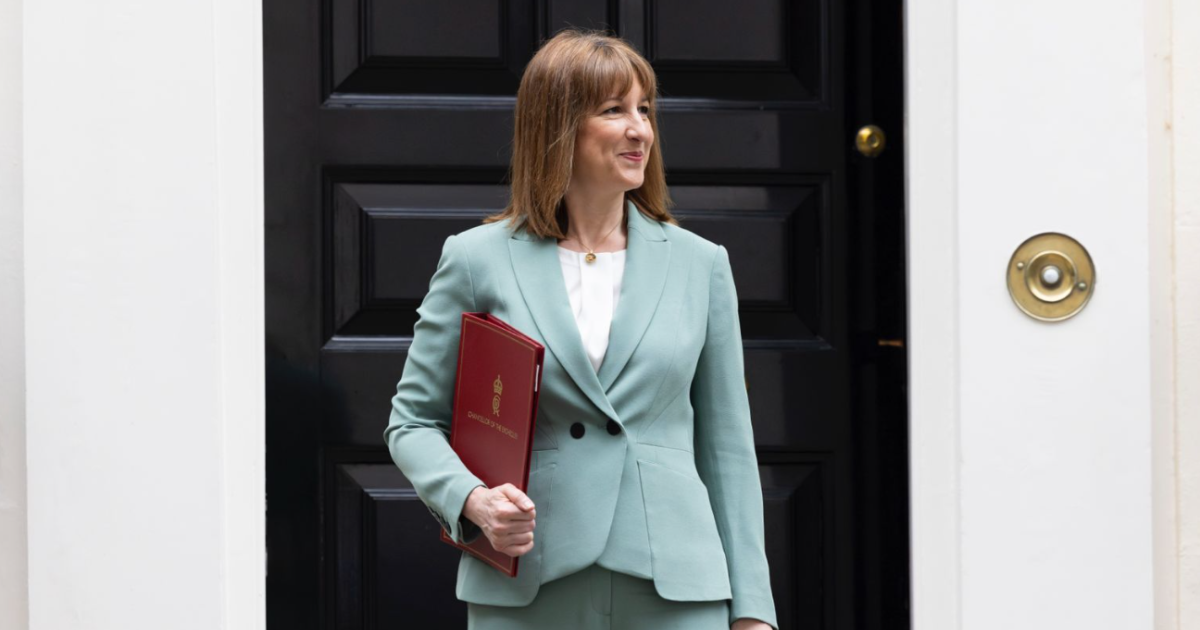Russia stated recently that the world is out of oil stocks and that is why OPEC+ made the decision to raise production in August by 548,000 barrels per day. This decision represented a moving away from the production cuts that had been supporting the market since 2022 to a more aggressive position to capture more market share.
What triggered the shift in OPEC+ strategy?
The OPEC+ manages about half of oil supply in the world. The Russian government said OPEC+ made the decision to raise output, as it is clear that inventories remain on average which is quite low despite the broader economy being strong. OPEC’s aim is to restore balance to the market and respond to rising competition from non-OPEC producers, especially the United States.
How does this impact oil prices and producers?
OPEC+ is unwinding most of the voluntary cuts by adding 548,000 bpd, up from previous increases of 411,000 bpd and leaning into this by September. It is significant that Moscow supports this decision which suggests the decision is not just supply based but also strategic, to keep pricing power amid increasing shale output in the US and mounting pressure from key figures such as former President Trump to lower fuel prices. Still, analysts report that low inventories will not lend downward support on prices.
What’s next for OPEC+ and the market?
OPEC+ is set to meet again on August 3 to discuss the oil market. In the meantime, Russia via Rosneft and other members may advance their production cuts, if storage levels remain on the low side although risks remain for members, including geopolitical tensions and demand variability in the U.S. In addition, how the world pivots on production could alter the physical supply landscape and give global oil markets a precarious level of equilibrium where every additional barrel of oil is critical.




